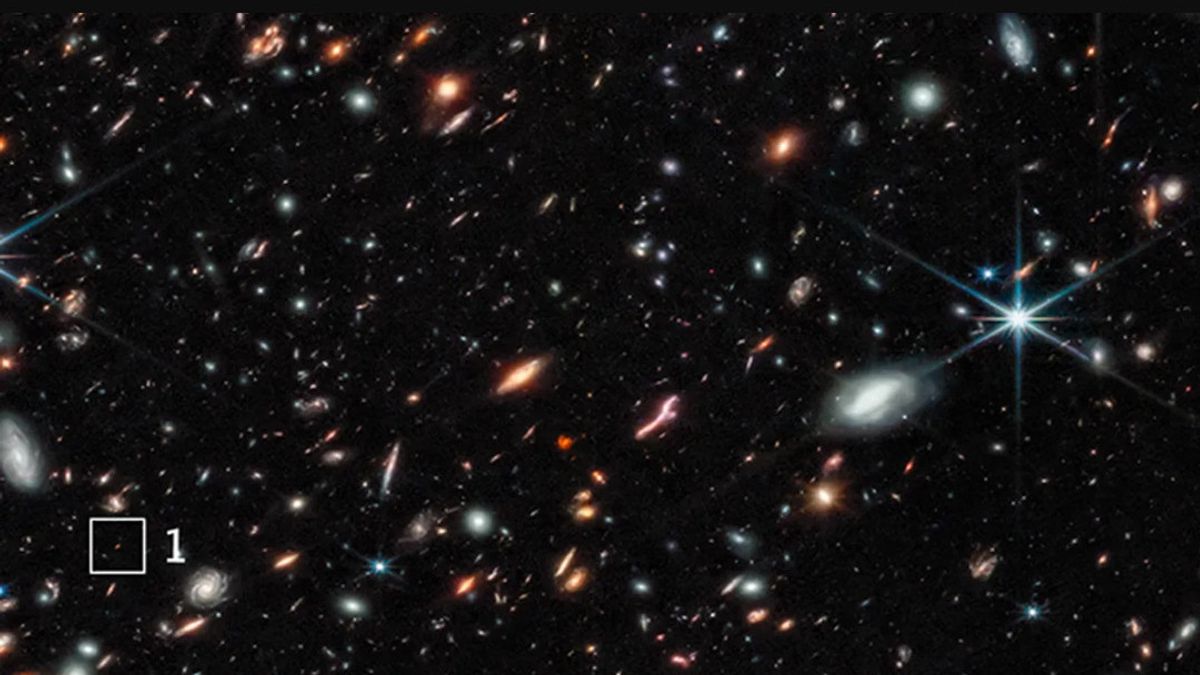JAKARTA - The James Webb Space Telescope (JWST) revealed that galaxies are starting to form faster and earlier than expected, and that has confused scientists.
JWST is known to regularly send new images, which are the goal of continuing to peer into the activity of the universe. He is now orbiting the Sun, about a million miles away from Earth.
However, the shots captured so far have shocked and confused scientists, as it turns out that many luminous galaxies exist when the universe is still very young.
"Just a few hundred million years after the Big Bang, there are already a lot of galaxies. JWST has opened up new borders, bringing us closer to understanding how it all started," said astronomer Tommso Treu at the University of California in Los Angeles, USA.
In a research paper published in The Astrophysical Journal Letters, Treu and other astronomers reported the discovery of two galaxies, only 450 million years of age after the start, and another 350 million-year-old galaxy dubbed GLASS-z12.
The last discovery broke a record set by the Hubble Space Telescope in 2016, when it managed to glimpse a galaxy called the GN-z11, emerging about 400 million years after the Big Bang.
The GN-z11 galaxy was discovered by astronomer totalingworth from the University of California, Santa Cruz. He said seeing this galaxy was a big surprise. But thanks to JSWT, they can see more of this.
Since astronomers started using JWST, some claim to have seen galaxies even from previous times, such as 250 million years after the Big Bang. But that is a more tentative observation.
"We feel very confident with the two, but are not confident with the others. There must be a lot of discussion going on," said Illingworth.
Launching CNET, Monday, December 26, these two newly seen galaxies are much smaller than the Milky Way, and one of them appears to be unexpectedly elongated. Because so many early bright galaxies have been seen by JWST, astronomers should rethink their old ideas about the evolution of the universe.
Finding galaxies like this, and building a better understanding of how the universe evolved to what it is today, is the reason astronomers spend tens of years and 10 billion US dollars equivalent to Rp156 trillion to design and launch JWST.
"We can see that we are really on the right track to realize the dream of understanding galaxies at the earliest times. The last few months have been a lot of fun, but we still have a lot to learn," said Illingworth.
The English, Chinese, Japanese, Arabic, and French versions are automatically generated by the AI. So there may still be inaccuracies in translating, please always see Indonesian as our main language. (system supported by DigitalSiber.id)













